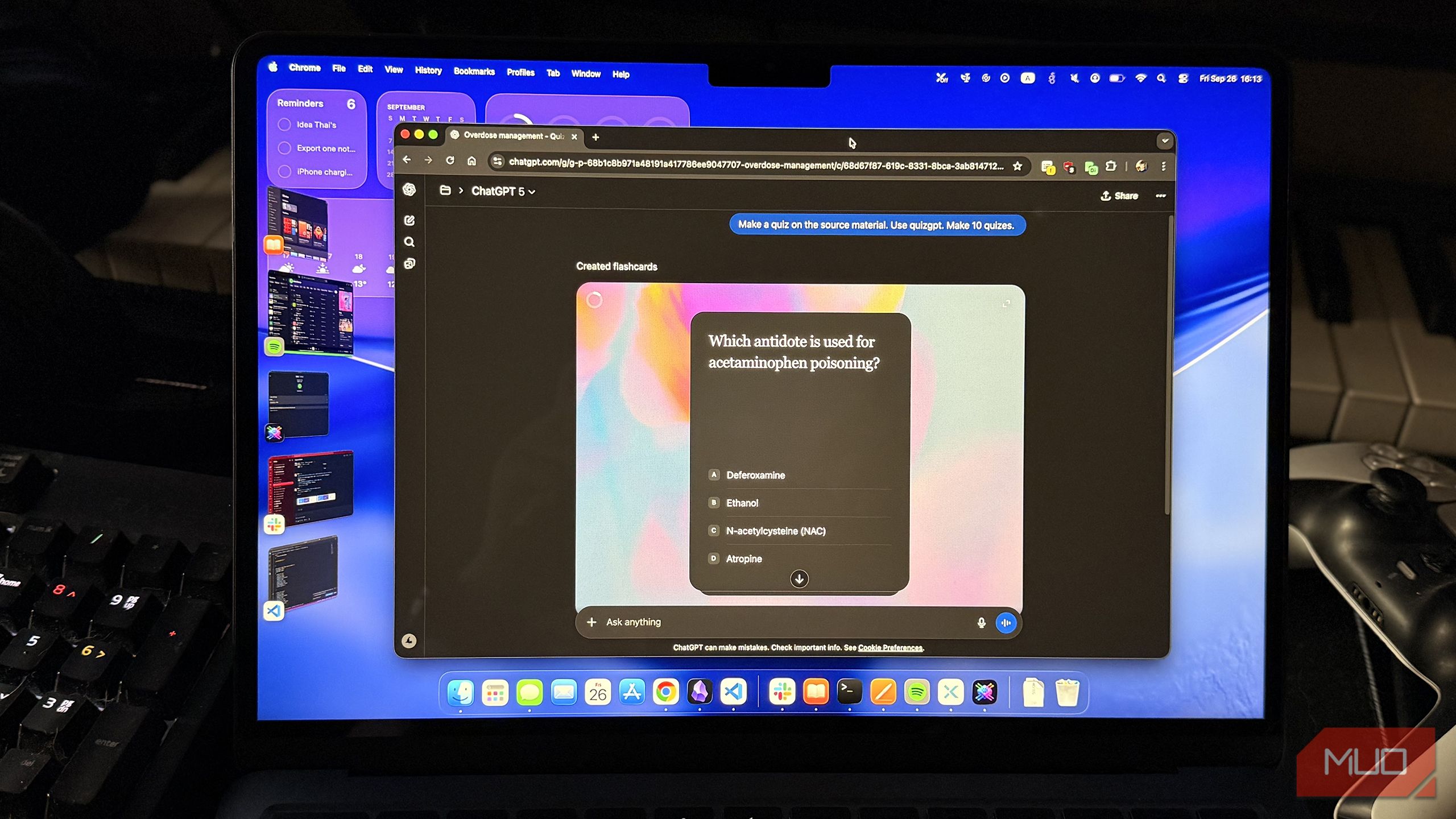About migrating WooCommerce products to another woocommerce website
Excellent question — and yes, this is an important SEO concern when migrating WooCommerce products between websites. Let’s go step-by-step so you fully understand what happens and how to avoid duplicate content penalties.

Excellent question — and yes, this is an important SEO concern when migrating WooCommerce products between websites. Let’s go step-by-step so you fully understand what happens and how to avoid duplicate content penalties.
1. Migrating WooCommerce Products (including color variations)
When you export products from one WooCommerce store (using the built-in exporter or a plugin like All-in-One WP Migration, WP All Export/Import, or Product CSV Import Suite), you can include:
-
Product titles, descriptions, short descriptions
-
SKUs, images, prices
-
Variations (like color, size, etc.)
When you import them into your new WooCommerce site, those variations will recreate correctly if attributes are set up the same way (same attribute names, slugs, and terms).
Recommended plugin:
WP All Export / WP All Import (premium but very robust for maintaining variations, images, and metadata).
2. Duplicate Content Issue (Google SEO Risk)
If both websites remain public and indexable, and the content (titles, descriptions, images) is identical, Google will consider this duplicate content.
While you won’t usually get a “penalty” (Google rarely penalizes), the issue is:
-
Google will filter out one of the duplicates from search results (usually the one with weaker domain authority).
-
The new site may struggle to rank because Google already knows the content exists elsewhere.
So yes — if you migrate without changing anything, it can hurt SEO visibility for the new site.
3. How to Avoid Duplicate Content Problems
Here’s what you should do after importing:
Option 1: Rewrite Key Fields
-
Rewrite the product description and short description.
-
Adjust titles slightly — add modifiers or unique selling points.
-
Change image alt text, even if you reuse images.
-
Update meta titles and meta descriptions (via SEO plugin like Yoast or Rank Math).
Even small rewrites + new metadata signals are enough for Google to treat it as unique content.
Option 2: Use Canonical Tags (if sites are related)
If the two websites are your own (e.g. regional or brand variations), you can add:
This tells Google “the original content lives there,” preventing duplicate content confusion.
Option 3: Noindex the Old or New Site
If one site is just a backup or B2B version, you can add:
to the secondary site’s pages. That prevents search indexing altogether.
4. Summary
| Action | Effect |
|---|---|
| Copy products directly | Duplicate content risk |
| Rewrite descriptions/titles | Safe and unique |
| Add canonical tags | Good for related stores |
| Noindex one site | Avoids duplicates entirely |
| Different images / metadata | Helps uniqueness |
Share
What's Your Reaction?
 Like
0
Like
0
 Dislike
0
Dislike
0
 Love
0
Love
0
 Funny
0
Funny
0
 Angry
0
Angry
0
 Sad
0
Sad
0
 Wow
0
Wow
0












